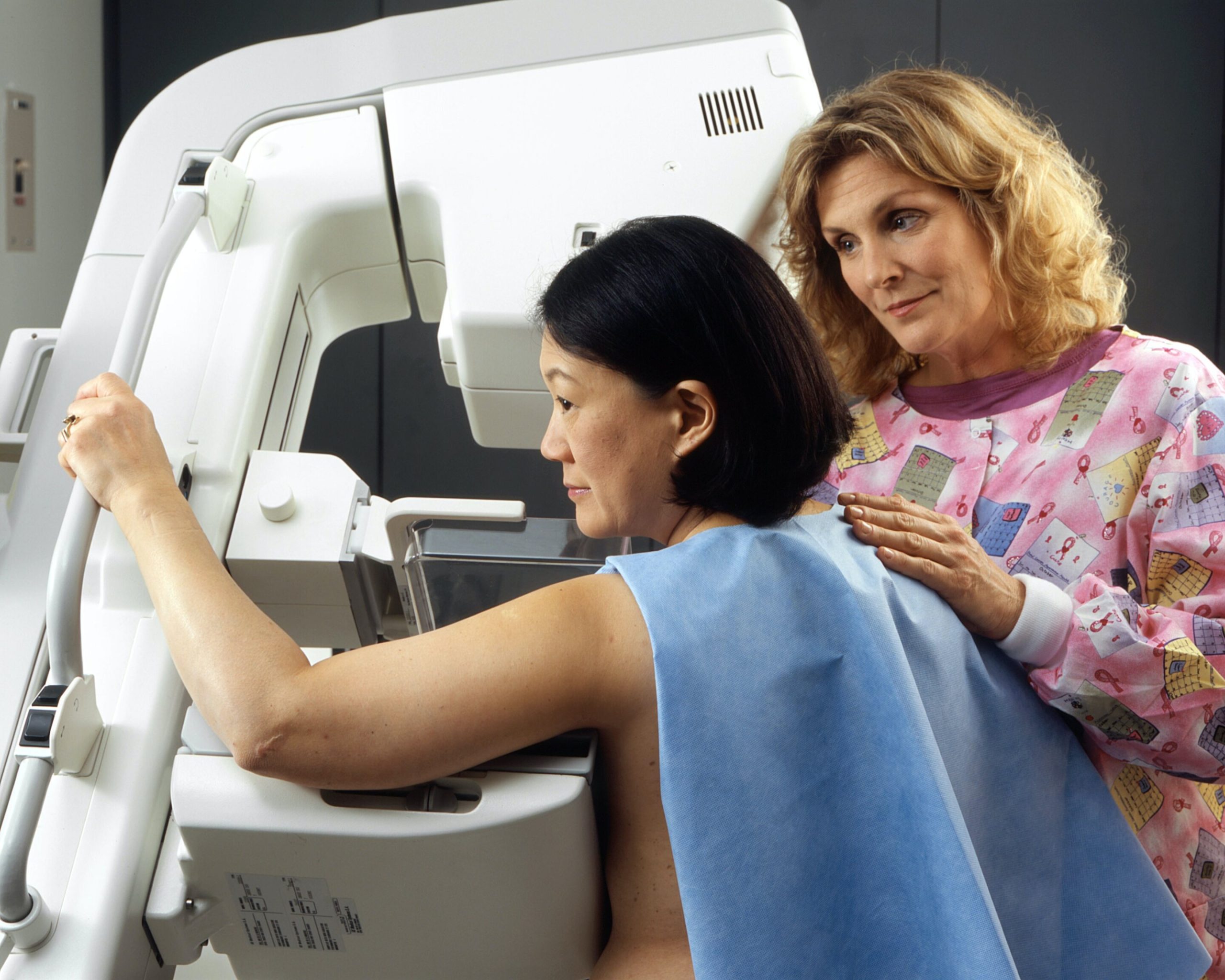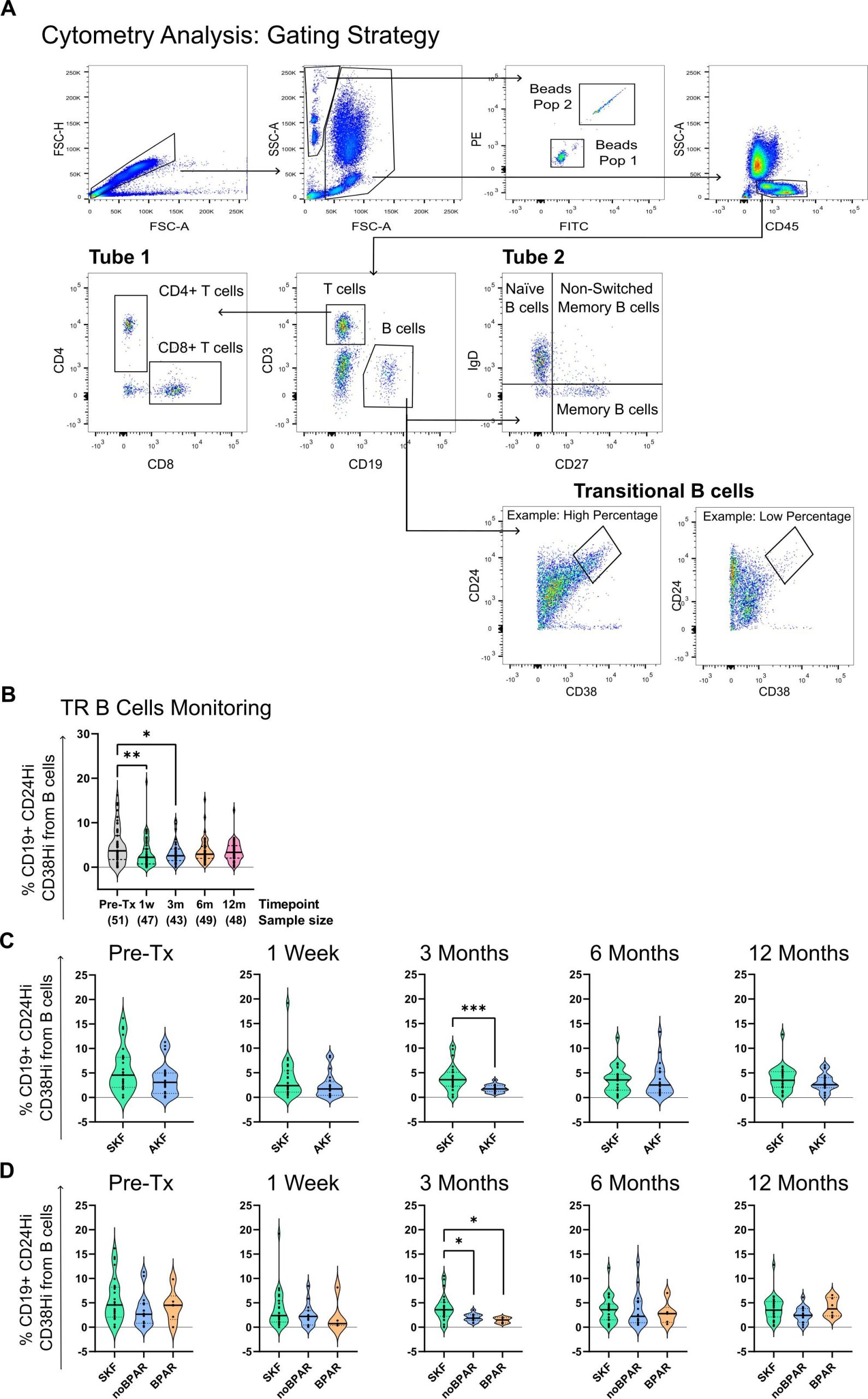
A joint research team has announced that it is possible to detect and precisely remove metastatic lymph nodes during endometrial cancer surgery using neo-mannosyl human serum albumin-indocyanine green (MSA-ICG) and a laparoscopic fluorescence imaging system.
Endometrial cancer, whose incidence rate has been significantly increasing recently, is primarily known to metastasize through lymph nodes. Traditionally, extensive lymph node dissection has been performed to confirm and remove metastases, but this approach has led to complications such as lower limb lymphedema. To address these issues, various studies have been conducted.
Professor Cho’s research team developed an animal model with lymph node metastasis of uterine cancer and compared the targeting abilities of two fluorescent contrast agents: indocyanine green (ICG) and neo-mannosyl human serum albumin combined with indocyanine green (MSA-ICG). Through precise analysis, it was found that the MSA-ICG significantly increased CD206 (fluorescent signal) expression in metastatic lymph node tumors.
The research results have been published in the International Journal of Surgery.
Notably, while the conventional ICG could not distinguish between metastatic and normal lymph nodes, the MSA-ICG greatly increased the fluorescent signal in metastatic lymph nodes, enabling their differentiation from normal lymph nodes during surgery.
Based on these findings, the use of MSA-ICG in surgery allows for real-time detection and precise removal of metastatic lymph nodes. This precision surgery can prevent complications associated with extensive lymph node dissection and improve patient survival by accurately removing only the cancerous tissue.
Professor Hyun-Woong Cho of the Gynecologic Cancer Center at Korea University Guro Hospital, one of the authors of the study, stated, “This study demonstrates that the image-guided surgery using MSA-ICG is useful for real-time detection and precise removal of metastatic lymph nodes in endometrial cancer. As endometrial cancer is continuously increasing, we hope that this image-guided surgery using MSA-ICG will reduce complications and improve survival rates for endometrial cancer patients.”
Professor Hyun Koo Kim, the corresponding author of the study, added, “This study has proven that the MSA-ICG can precisely target cancer. We will continue our research efforts to apply this to surgeries for various cancers such as lung cancer, esophageal cancer, breast cancer, gastric cancer, and colorectal cancer.”
The MSA-ICG used in this study was developed by Professor Hyun Koo Kim in collaboration with Professor Emeritus Jae Min Jeong of the Department of Nuclear Medicine at Seoul National University. The patented material has been transferred to CellBion Co., Ltd. for commercialization.
More information:
Sohyeon Jeong et al, Detection of metastatic lymph node and sentinel lymph node mapping using mannose receptor targeting in in vivo mouse and rabbit uterine cancer models, International Journal of Surgery (2024). DOI: 10.1097/JS9.0000000000001227
Provided by
Korea University College of Medicine
Citation:
Researchers develop precision surgical technique for lymph node removal in endometrial cancer (2024, October 11)
retrieved 16 October 2024
from https://medicalxpress.com/news/2024-10-precision-surgical-technique-lymph-node.html
This document is subject to copyright. Apart from any fair dealing for the purpose of private study or research, no
part may be reproduced without the written permission. The content is provided for information purposes only.




